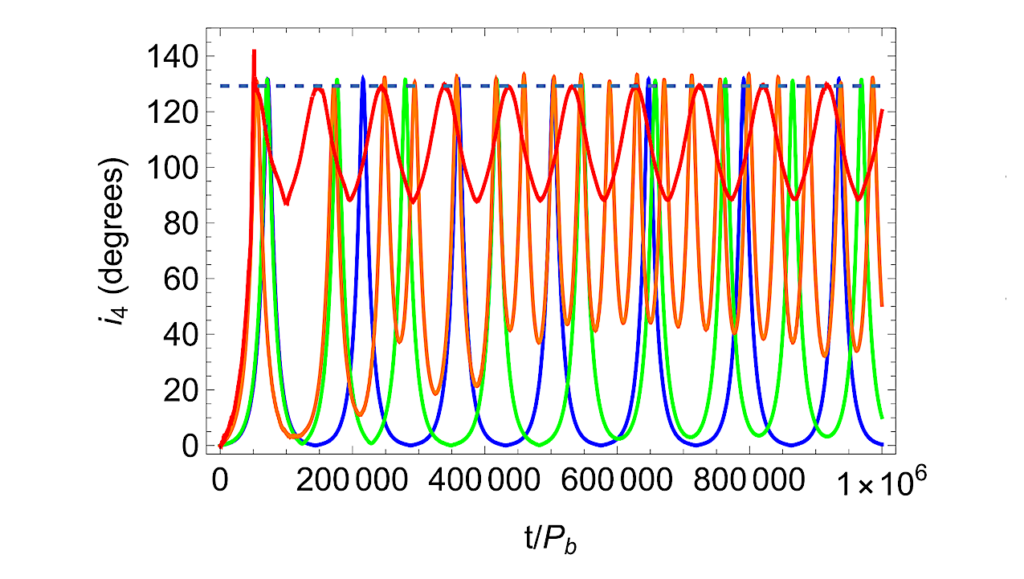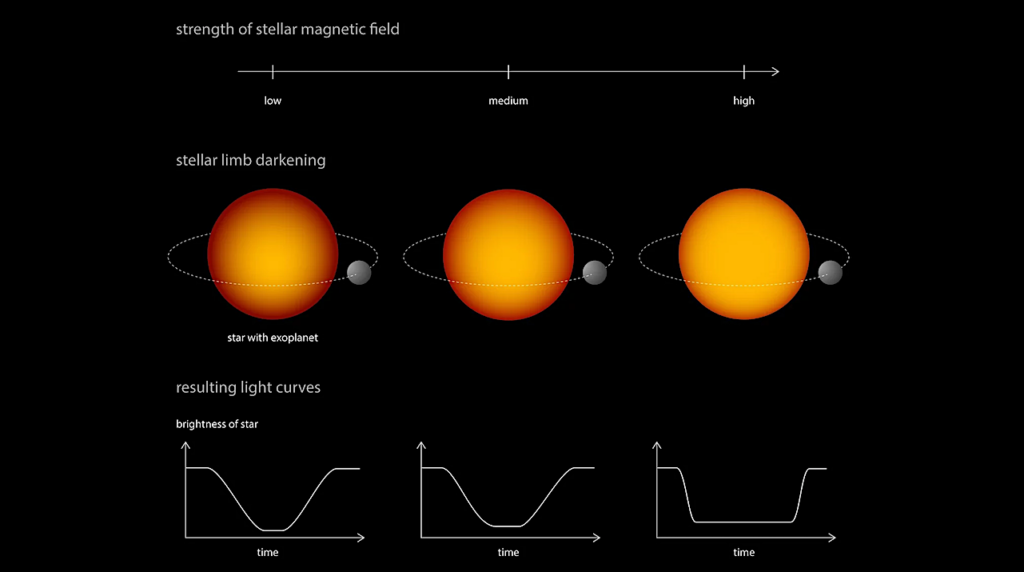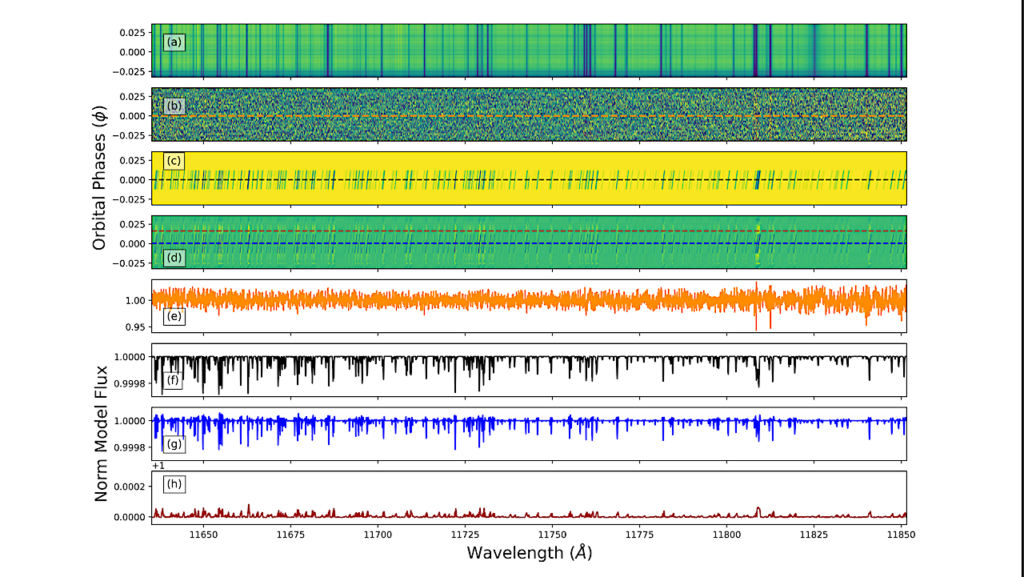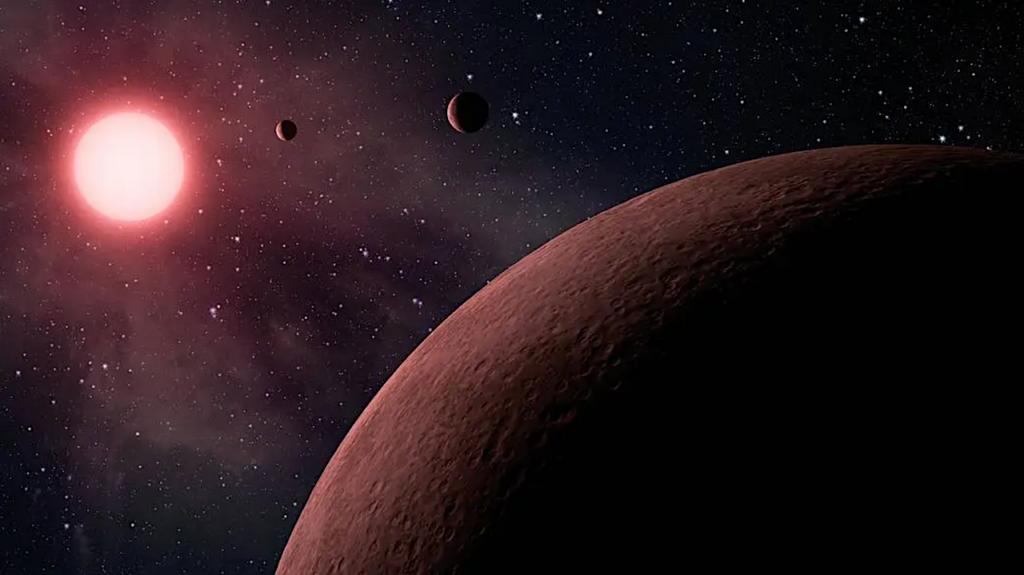Speckle Observations of TESS Exoplanet Host Stars. II. Stellar Companions at 1-1000 AU and Implications for Small Planet Detection

We present high angular resolution imaging observations of 517 host stars of TESS exoplanet candidates using the `Alopeke and Zorro speckle cameras at Gemini North and South. The sample consists mainly of bright F, G, K stars at distances of less than 500 pc.
Our speckle observations span angular resolutions of ~20 mas out to 1.2 arcsec, yielding spatial resolutions of <10 to 500 AU for most stars, and our contrast limits can detect companion stars 5-9 magnitudes fainter than the primary at optical wavelengths. We detect 102 close stellar companions and determine the separation, magnitude difference, mass ratio, and estimated orbital period for each system. Our observations of exoplanet host star binaries reveal that they have wider separations than field binaries, with a mean orbital semi-major axis near 100 AU.
Other imaging studies have suggested this dearth of very closely separated binaries in systems which host exoplanets, but incompleteness at small separations makes it difficult to disentangle unobserved companions from a true lack of companions. With our improved angular resolution and sensitivity, we confirm that this lack of close exoplanet host binaries is indeed real. We also search for a correlation between planetary orbital radii vs. binary star separation, but given the very short orbital periods of the TESS planets, we do not find any clear trend. We do note that in exoplanet systems containing binary host stars, there is an observational bias against detecting Earth-size planet transits due to transit depth dilution caused by the companion star.
Kathryn V. Lester, Rachel A. Matson, Steve B. Howell, Elise Furlan, Crystal L. Gnilka, Nicholas J. Scott, David R. Ciardi, Mark E. Everett, Zachary D. Hartman, Lea A. Hirsch
Comments: Accepted to AJ
Subjects: Solar and Stellar Astrophysics (astro-ph.SR); Earth and Planetary Astrophysics (astro-ph.EP)
Cite as: arXiv:2106.13354 [astro-ph.SR] (or arXiv:2106.13354v1 [astro-ph.SR] for this version)
Submission history
From: Kathryn Lester
[v1] Thu, 24 Jun 2021 23:43:17 UTC (1,903 KB)
https://arxiv.org/abs/2106.13354
Astrobiology








